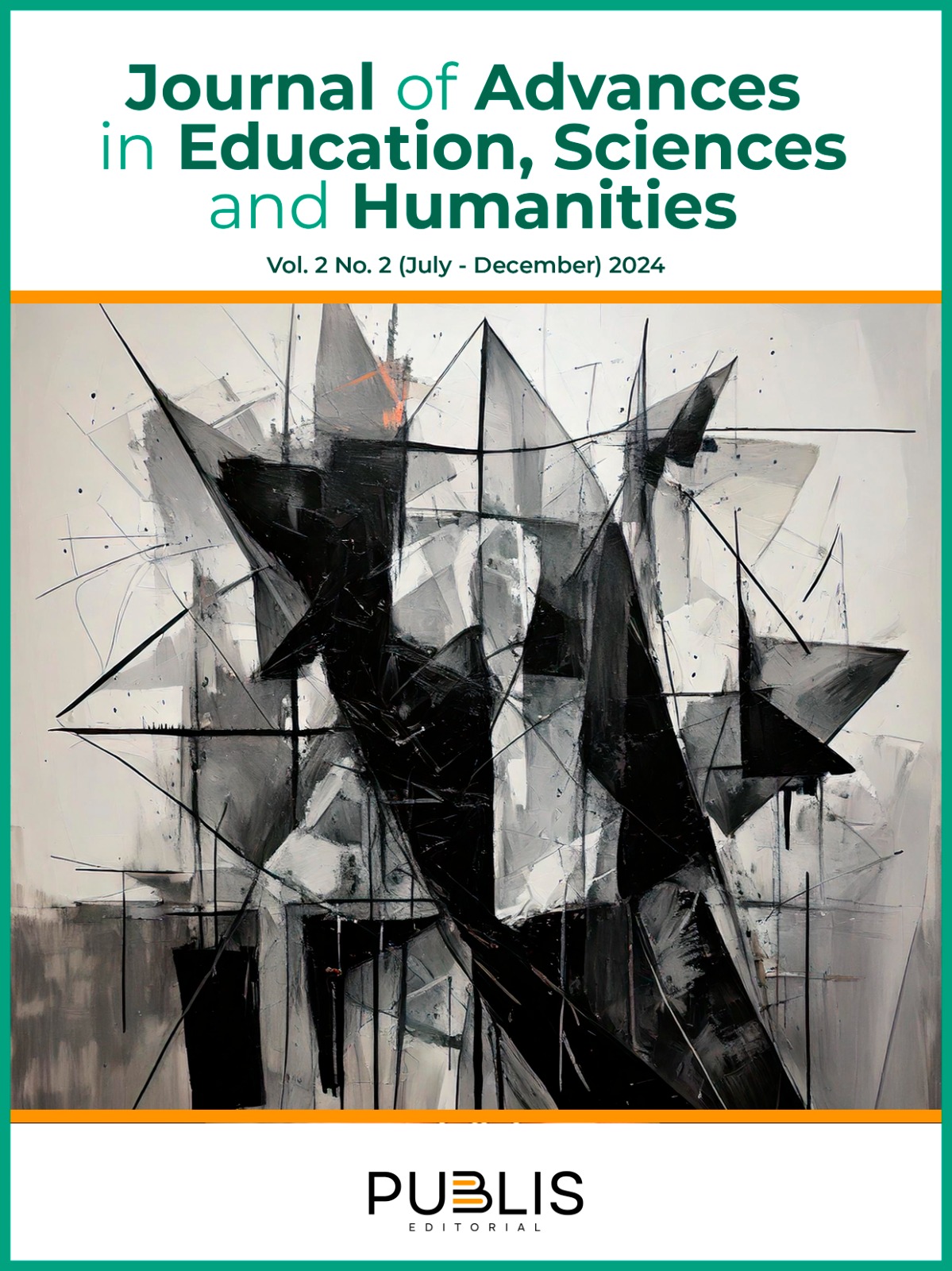Marcadores de sepsis neonatal empleados en el Hospital General Portoviejo
DOI:
https://doi.org/10.5281/zenodo.14629885Palabras clave:
marcadores de sepsis, procalcitonina, proteína C reactiva, sepsis neonatalResumen
La sepsis neonatal es una enfermedad infecciosa invasiva que afecta a niños menores de 28 días de nacidos, caracterizada por una disfunción orgánica potencialmente mortal debido a la desregulación de la respuesta del neonato frente a microorganismos invasores. Se clasificó en sepsis precoz, manifestada en las primeras 72 horas de vida, y sepsis tardía, después de este período, representando una causa importante de morbilidad y mortalidad en esta población. El objetivo fue evaluar los marcadores de sepsis utilizados en el Hospital General de Portoviejo. El estudio, de tipo cualicuantitativo, observacional descriptivo, transversal y retrospectivo, incluyó 42 reportes de marcadores de sepsis neonatal obtenidos de historias clínicas anonimizadas de recién nacidos diagnosticados con sepsis entre julio y diciembre de 2022. Se aplicó estadística descriptiva y el coeficiente de Pearson para analizar la correlación entre variables. La mayoría de los casos correspondieron a neonatos masculinos, nacidos a término, hijos de madres de entre 26 y 35 años, y provenientes de zonas rurales. Predominó la sepsis tardía, y la procalcitonina destacó como el marcador más sensible, con niveles elevados en todos los casos. Se identificó una relación significativa entre la procalcitonina y el diagnóstico de sepsis, los antecedentes o factores de riesgo y el distress respiratorio como manifestación clínica.
Descargas
Referencias
Attia, H.M.H., Parekh, R., Dhandibhotla, S., Sai, T., Pradhan, A., Alugula, S., Cevallos-Cueva, M., Hayes, B.K., Athanti, S., & Abdin, Z.K.B. (2023). Insight Into Neonatal Sepsis: An Overview. Cureus, 15(9), e45530. http://www.doi.org/10.7759/cureus.45530
Aydemir, C., Aydemir, H., Kokturk, F., Kulah, C., & Mungan, A.G. (2018). Los niveles de corte de procalcitonina y proteína C reactiva y la cinética del volumen plaquetario medio en recién nacidos prematuros con sepsis. Pediatrics, 18, 253. https://doi.org/10.1186/s12887-018-1236-2
Boscarino, G., Migliorino, R., Carbone, G., Davino, G., Dell’Orto, V. G., Perrone, S., Principi, N., & Esposito, S. (2023). Biomarkers of Neonatal Sepsis: Where We Are and Where We Are Going. Antibiotics, 12(8), 1233. https://doi.org/10.3390/antibiotics12081233
Cortés, J.S., Fernández, L.X., Beltrán, E., Narváez, C.F., & Fonseca-Becerra, C.E. (2019). Sepsis neonatal: aspectos fisiopatológicos y biomarcadores. Medicas UIS, 32(3), 35-47. https://doi.org/10.18273/revmed.v32n3-2019005
Eichberger, J., Resch, E., & Resch, B. (2022). Diagnosis of Neonatal Sepsis: The Role of Inflammatory Markers. Frontiers in Pediatrics, 10, 840288. https://doi.org/10.3389/fped.2022.840288
Ezinmegnon, S., Mommert, M., Bartolo, F., Agbota, G., Darius, S., Briand, V., d’Almeida, M., Alao, M.J., Dossou-Dagba, I., Massougbodji, A., Lausten-Thomsen, U., Pachot, A., Vachot, L., Yugueros-Marcos, J., Brengel-Pesce, K., Fievet, N., & Tissieres, P. (2022). Prospective multicentre study of host response signatures in neonatal sepsis in Sub Saharan Africa. Scientific Reports, 12, 21458. https://doi.org/10.1038/s41598-022-25892-x
Hahn, W.H., Song, J.H., Park, I.S., Kim, H., Park, S., & Oh, M.H. (2015). Reference intervals of serum procalcitonin are affected by postnatal age in very low birth weight infants during the first 60 days after birth. Neonatology, 108, 60–64. https://doi.org/10.1159/000381330
Khan, F. (2019). C-reactive Protein as a Screening Biomarker in Neonatal Sepsis. Journal of the College of Physicians and Surgeons Pakistan, 29(10), 951-953. Disponible: https://www.jcpsp.pk/archive/2019/Oct2019/11.pdf
Kordek, A., Torbé, A., Tousty, J., Łoniewska, B., Podraza, W., Nikodemski, T., & Rudnicki. J. (2017). The Determination of Procalcitonin Concentration in Early-Onset Neonatal Infection. Clinical Pediatrics, 56(4), 333-340. https://doi.org/10.1177/0009922816656622
Mohsen AH, Kamel BA. Predictive values for procalcitonin in the diagnosis of neonatal sepsis. Electronic Physician, 7(4), 1190-1195. https://doi.org/10.14661/2015.1190-1195
Ospino-Muñoz, A.M., Bonza-González, E.A., Arévalo-Mojica, C.D., & Rubio-Romero, J.A. (2022). Adherence to recommendations for preventing early neonatal sepsis associated with Streptococcus agalactiae colonization in a referral center in Bogotá, Colombia, 2019. Revista Colombiana de Obstetricia y Ginecología, 73(3), 265-273. https://doi.org/10.18597/rcog.3917
Roble, A.K., Ayehubizu, L.M., & Olad, H.M. (2022). Neonatal Sepsis and Associated Factors Among Neonates Admitted to Neonatal Intensive Care Unit in General Hospitals, Eastern Ethiopia 2020. Clinical Medicine Insights: Pediatrics, 16, 11795565221098346. http://www.doi.org/10.1177/11795565221098346
Robledo-Restrepo, C., Maldonado-Lizarazo, N., Noreña-Velázquez, M.C., Figueroa-Mejía, N., Lopera-Ramírez, J.R., Harry-Posada, E., & Robledo-Restrepo, J. (2021). Determinación de los niveles de procalcitonina para el diagnóstico de sepsis neonatal. Medicina & Laboratorio, 21(1), 1-2, 85-92. https://dialnet.unirioja.es/descarga/articulo/8741579.pdf
Sharma, D., Farahbakhsh, N., Shastri, S., & Sharma, P. (2018). Biomarkers for diagnosis of neonatal sepsis: a literature review. Journal of Maternal Fetal & Neonatal Medicine, 31(12), 1646-1659. https://doi.org/10.1080/14767058.2017.1322060
Tang, Y.H., Jeng, M.J., Wang, H.H., Tsao, P.C., Chen, W.Y., & Lee, Y.S. (2022). Risk factors and predictive markers for early and late-onset neonatal bacteremic sepsis in preterm and term infants. Journal of the Chinese Medical Association, 85(4), 507-513, https://doi.org/10.1097/JCMA.0000000000000681
Publicado
Declaración de disponibilidad de datos
Los conjuntos de datos utilizados y/o analizados durante el presente estudio están disponibles del autor correspondiente previa solicitud razonable.
Número
Sección
Licencia
Derechos de autor 2025 Ginger L. Mero, Yaritza M. Moreira, Nancy Toledo (Author)

Esta obra está bajo una licencia internacional Creative Commons Atribución-NoComercial-CompartirIgual 4.0.




































